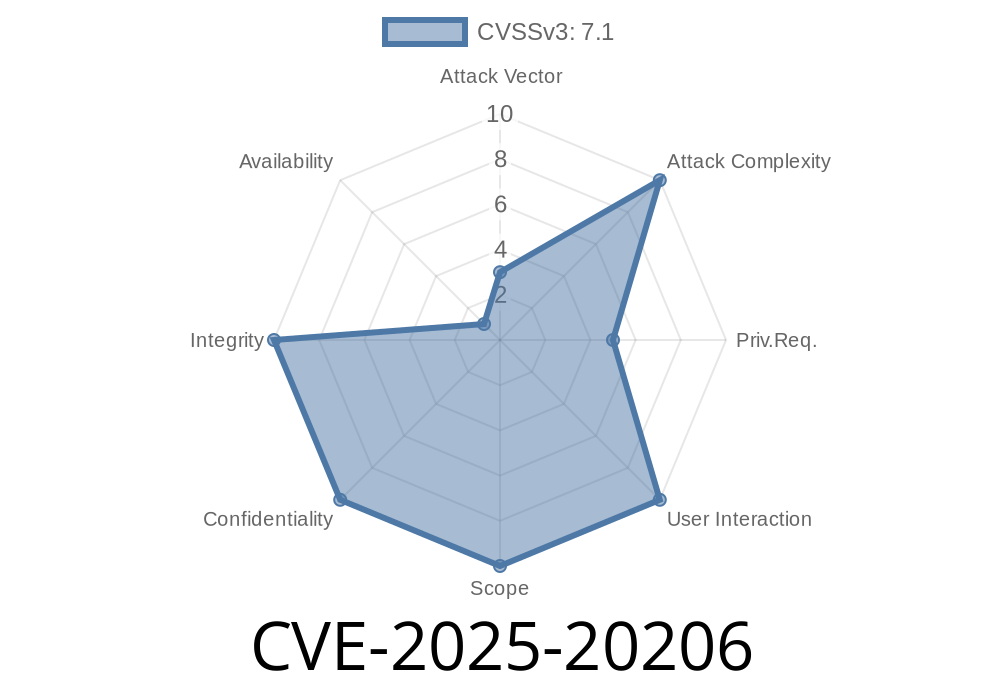A critical vulnerability (CVE-2025-20206) has been identified in the interprocess communication (IPC) channel of Cisco Secure Client for Windows. This vulnerability puts systems at risk of a DLL hijacking attack if the Secure Firewall Posture Engine, formerly known as HostScan, is installed on the Cisco Secure Client. The issue arises from insufficient validation of resources loaded by the application at run time. An attacker can potentially exploit this vulnerability by sending a specially crafted IPC message to a specific Cisco Secure Client process, allowing them to execute arbitrary code on the targeted machine with SYSTEM privileges. It is essential, however, for the attacker to possess valid user credentials on the Windows system for this exploit to work successfully.
An example of how an attacker might craft an IPC message to exploit this vulnerability
#include <Windows.h>
#include <stdio.h>
#include "cisco_ipc_hijack.h"
int main()
{
HRESULT hr = CoInitializeEx(NULL, COINIT_MULTITHREADED);
if (SUCCEEDED(hr))
{
CiscoIPC ipc;
if (ipc.Connect(L"cisco_secure_client_ipc"))
{
CStringW dllPath = L"C:\\path\\to\\malicious\\dll.dll";
ipc.SendHijackMessage(dllPath);
}
CoUninitialize();
}
return ;
}
Note: This code is for demonstration purposes only.
Original References
More information about this vulnerability can be found on the official Cisco Security Advisory page: [\[1\]](https://tools.cisco.com/security/center/content/CiscoSecurityAdvisory/cisco-sa-secure-clt-hgj4QlyM)
Exploit Details
The exploit uses the IPC channel to send a malicious DLL file to a vulnerable Cisco Secure Client process. Upon successful execution of the attack, the attacker could gain SYSTEM privileges on an affected machine, enabling a wide range of unauthorized activities. An attacker might use the arbitrary code execution feature to deploy ransomware, monitor the targeted user's activities, or manipulate critical system configurations.
Mitigation
Cisco is aware of the vulnerability (CVE-2025-20206) and has released software updates addressing the issue. Users of the Cisco Secure Client for Windows must update their software to the latest version available, as mentioned in the Cisco Security Advisory [\[1\]](https://tools.cisco.com/security/center/content/CiscoSecurityAdvisory/cisco-sa-secure-clt-hgj4QlyM). Alongside updating the software, network administrators should also ensure that users do not possess unnecessary privileges to minimize potential damage in case of an attack. Moreover, it is advisable to implement multi-factor authentication, limiting the chances of unauthorized access on Windows systems.
Conclusion
The CVE-2025-20206 vulnerability poses a significant threat to Windows systems running the Cisco Secure Client with the Secure Firewall Posture Engine (formerly HostScan). It is crucial for users and network administrators to apply the necessary security measures, including updating the affected software and implementing secure user privilege policies to mitigate the risk of a successful exploit.
Timeline
Published on: 03/05/2025 17:15:14 UTC
